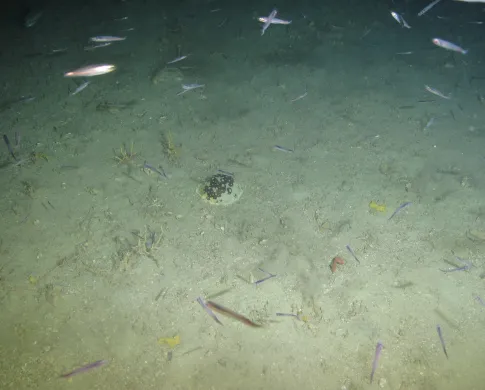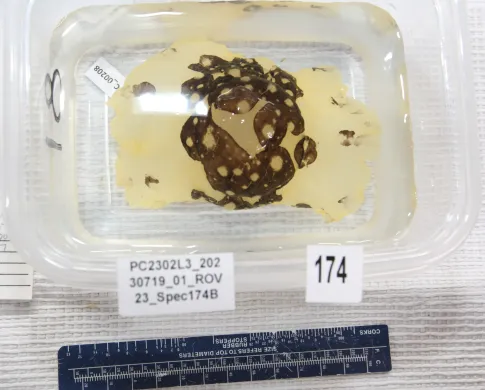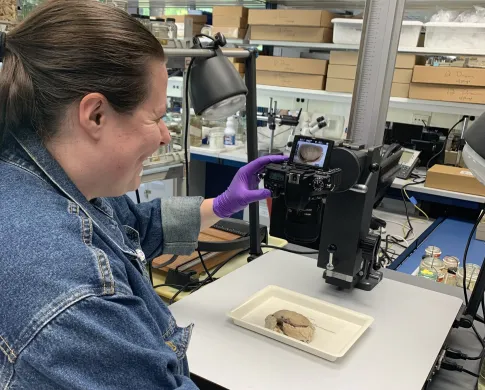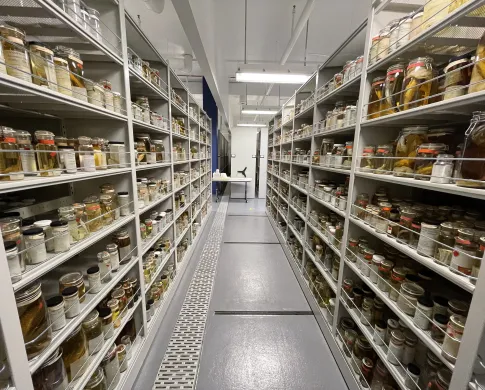Image


Scientists in the Department of Invertebrate Zoology are stewards for the >50 million specimens comprising the U.S. National Collection. NMNH is a world leader in the museum community and has curated and housed collections from NOAA Fisheries, NOAA Ocean Exploration and Bureau of Ocean Energy Management (BOEM) missions. In support of MDBC activities, NMNH scientists are tasked with assisting in biological specimen collection and curating these specimens so they can be used in current and future science.
Ship-based fieldwork is a major component of the MDBC projects and requires a variety of specialized tools and expertise, so MDBC personnel from NOAA, U.S. Geological Survey, NMNH, and other partners collaboratively participate in multiple at-sea expeditions each field season. Scientific activities conducted at sea include sea floor mapping, sediment and water sampling, benthic surveys, and specimen sampling, all of which are facilitated using AUVs (Autonomous Underwater Vehicles) and ROVs (Remotely Operated Vehicles) (learn more about these vehicles here).

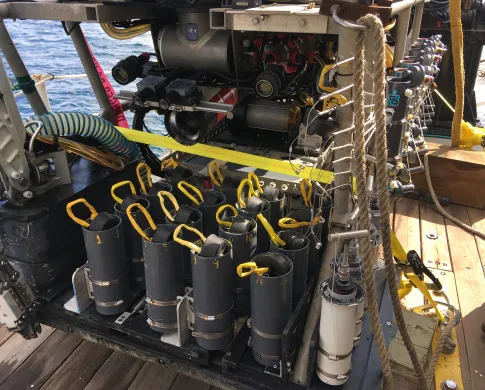
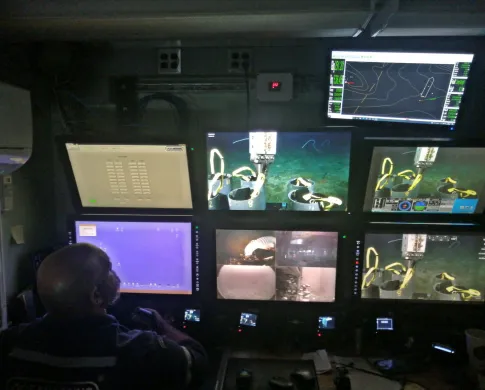

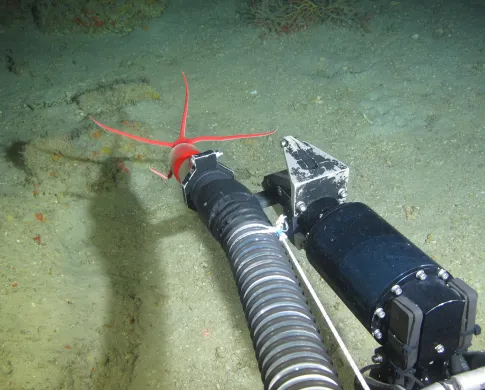
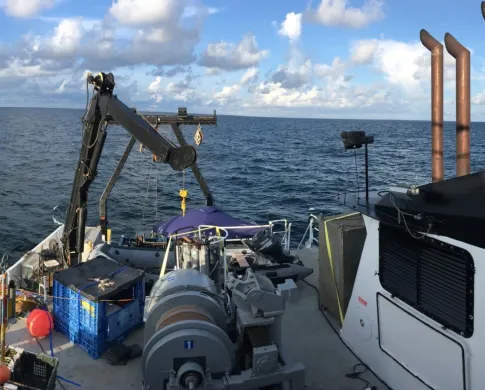
The NMNH-MDBC partnership ensures that new material collected from the mesophotic and deep habitats during MDBC field work is deposited within the NMNH National Collection, so that specimens are permanently housed, cared for, and made available as a national resource to the public. NMNH personnel joining MDBC expeditions may assist in all scientific tasks but play a critical role in helping to determine what organisms to collect (see Biodiversity Characterization) and properly documenting, preserving, and safely transporting these specimens back to NMNH for curation.
This process involves:
